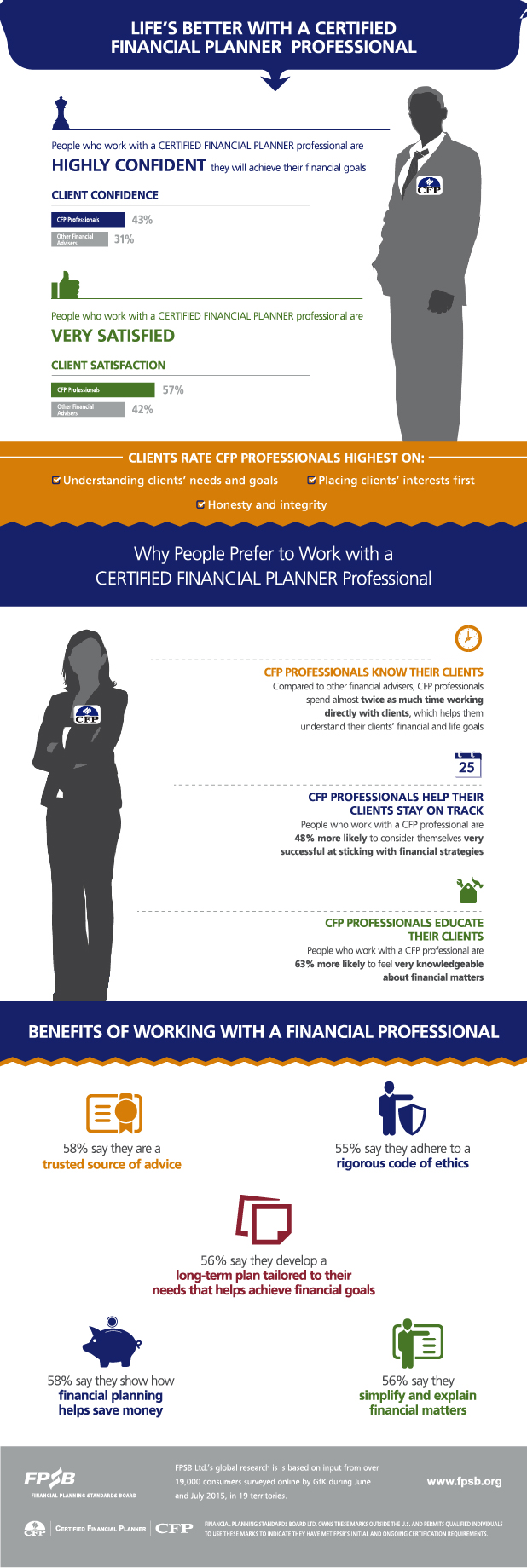Employ Subdivision Bonds In Real Estate To Discover A Round Of Regulative Compliance And Facilities Engagements
Employ Subdivision Bonds In Real Estate To Discover A Round Of Regulative Compliance And Facilities Engagements
Blog Article
Post By-McCormack Kristoffersen
When it involves navigating the complexities of the realty market, recognizing the ins and outs of subdivision bonds is vital. From making sure conformity with local policies to satisfying facilities commitments, these bonds hold substantial relevance in advancement jobs. Yet what exactly are the detailed details behind subdivision bonds and exactly how do they influence various stakeholders in the realty industry? Allow's reveal the fundamentals that can aid you make informed decisions and effectively navigate the world of neighborhood bonds in property.
Function of Subdivision Bonds
Comprehending the purpose of community bonds is critical for real estate developers aiming to adhere to local policies and ensure financial obligation. These bonds function as a kind of assurance to neighborhood districts that the essential facilities improvements will be finished by the designer.
By uploading a class bond, you're basically guaranteeing to end up the required public enhancements, such as roads, sidewalks, and energies, within the specified timeframe.
As a designer, protecting a community bond shows your commitment to satisfying your responsibilities and safeguarding the community's passions. It offers assurance to the local government that the proposed neighborhood will not become a burden on taxpayers if the task is left unfinished. Furthermore, having a neighborhood bond in position can enhance your online reputation in the industry and build trust fund with stakeholders.
Types of Subdivision Bonds
Distinguish between the different types of community bonds to establish which best fits your task's needs. There are three primary types of subdivision bonds generally used in the realty industry: Performance bonds, repayment bonds, and maintenance bonds.
Performance bonds ensure that the designer finishes the subdivision based on the authorized strategies and laws. If the developer falls short to do so, the bond will certainly cover the prices to end up the job. Repayment bonds ensure that all subcontractors and suppliers are spent for their work with the neighborhood. If https://howtostartanonlinebusines29406.blog-gold.com/46130637/benefits-of-including-utility-bonds-right-into-your-financial-investment-plan on payments, this bond provides financial defense to those celebrations. Maintenance bonds, on the other hand, guarantee that the developer maintains the class facilities for a specified duration after completion. This bond covers any repair work or maintenance needed during that time.
Understanding the differences in between these types of neighborhood bonds is vital in selecting the most ideal one for your specific task needs. linked internet site serves a distinct purpose and offers different forms of security, so it's necessary to assess your task's requirements meticulously before making a decision.
Needs for Community Bonds
To make certain compliance with laws, programmers looking for community bonds have to fulfill particular needs established by regulatory authorities. These needs are vital for the effective issuance of neighborhood bonds. Here are the vital standards you require to accomplish:
- ** Financial Stability **: You have to demonstrate economic security and the ability to cover the prices related to the neighborhood task.
- ** Experience and Record **: Having previous experience in realty growth and a positive track record can increase your chances of qualifying for a neighborhood bond.
- ** Conformity with Zoning Legislations **: Guaranteeing that your subdivision plans align with neighborhood zoning regulations and policies is essential for bond authorization.
- ** Environmental Effect Analysis **: In many cases, you may need to conduct an ecological effect analysis to examine the task's results on the setting and resolve any problems.
Satisfying these demands is essential for getting a subdivision bond and moving on with your realty growth task.
Conclusion
Since you understand the relevance of neighborhood bonds in the real estate market, remember that they're like a safety net for both designers and neighborhoods.
Similar to a safety belt keeps a tightrope pedestrian safe, subdivision bonds ensure that jobs are finished sensibly and in conformity with regulations.
By choosing commercial surety and conference all demands, you can navigate the property landscape with confidence and peace of mind.
